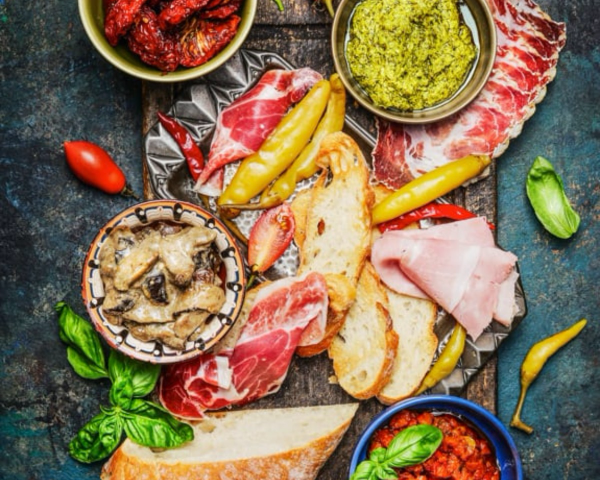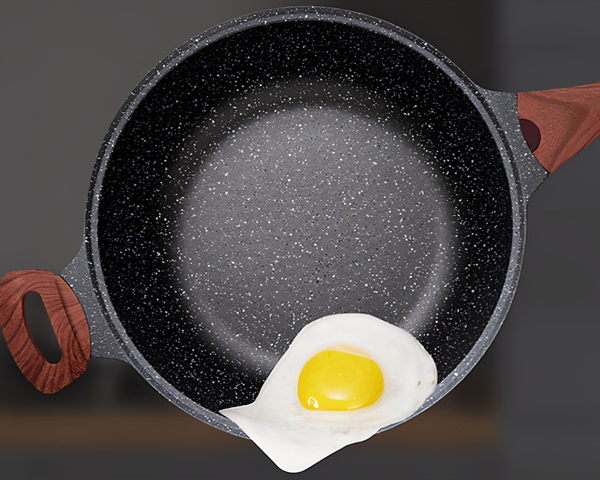
Aluminum, steel, stainless steel, cast iron...Nowadays, cookware is made of several different materials.Each of these materials has its own strengths and characteristics. Some are more durable and resistant, others are easier to handle, and others are more reactive to heat.
From stainless steel to aluminum, including cast iron and steel ... Focus on the main materials of cooking utensils.

Lightweight, robust, resistant to heat, and easy to clean, this high-performance material is (as its name suggests) rustproof: it therefore presents no risk to health and effectively preserves the flavor of cooked foods. It is also 100% recyclable.

Aluminum is the most commonly used material for cookware (in particular, saucepans and frying pans) and offers many advantages for everyday cooking. Aluminum is an excellent conductor and allows for quick heating and uniform heat distribution. Extremely lightweight, it is also easy to handle.

Cast iron cookware is mostly used by professionals. However, the material also presents many advantages for non-professional users. An alloy of iron and carbon, cast iron is extremely robust and durable. Cast iron cookware retains heat and is therefore perfect for simmering foods. You can also use it over high heat.

Saucepans, frying pans, and other cookware are made of various different materials (stainless steel, aluminum, steel, cast iron, etc.). Cookware can be sold in its raw form or with a special coating. Several coatings are available, including ceramic, enamel, and non-stick. Each coating has its own advantages.
Some cookware is sold in its raw, unfinished form: in other words, it is composed entirely of its main manufacturing material (e.g., 100% stainless steel). However, sometimes it is better that certain materials (such as aluminum) do not come into direct contact with foods and cooking mixtures. Cookware made of these materials must be equipped with a special coating. Generally speaking, all coatings make it easier to cook certain foods and clean and maintain cookware.
Our cookware is made of a variety of different materials and sometimes coated on the outside: a non-stick coating for easy maintenance, an enamel coating for more radiance and shine, or a painted coating with a matte or glossy finish. However, when we speak of coatings, we’re usually talking about the inside of the cookware.

At Ferlord, we offer several types of cookware with non-stick coatings (in particular, saucepans and frying pans). All our coatings are guaranteed free of PFOA (a toxic solvent used to bind the PTFE to the cookware) and are therefore perfectly safe for your health. Our cookware may be equipped with one or more layers of coatings (i.e., multilayer coatings). The greater the number of layers (maximum of three), the more resistant and durable the cookware is over time.

Some cookware is equipped with a ceramic coating. This type of coating is robust, resistant to scratches & abrasion, and can withstand extremely high temperatures. "Stickier" than PTFE, it is perfect for searing and cooking food in its juices to enhance the flavor of recipes.

We use an enamel coating for our cast iron Dutch ovens. This coating is black or white and made from glass. As a result, it provides for an extremely smooth surface that is ideal for searing food and preparing traditional stews. Enamel also provides outstanding protection against rust (without this coating, moisture would cause steel and cast iron to rust). What's more, enamel coatings are easy to clean and protect against abrasion, acidic foods, and scratches.
When we say cookware (pressure cooker, saucepan, frying pan, etc.) has a stainless steel or cast iron coating, this usually means it has no coating at all.
With its outstanding resistance to heat and high temperatures, stainless steel is perfect for searing. However, you will need to add fat (e.g., oil or butter) before cooking.
Meanwhile, cast iron stores heat and allows for slow, gradual, healthy cooking on all types of cooktops. Solid and resistant, cast iron takes longer to heat.
Lightweight and efficient, steel is a good conductor and distributor of heat.